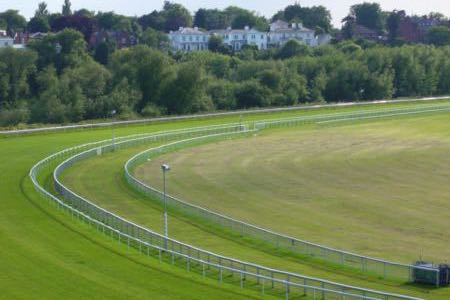
When it comes to horse racing, we know all about the races that have been around for the longest, but not necessarily the courses that hosted said races. Some of the ones that existed when horse racing was a brand new sport, in an organised sense at least, no longer exist, whilst others were amongst the first to open but don’t have the prestige of some of those that opened further down the line.
Horse racing has long been a sport of tradition, one that respects its origins. It is with this in mind that many of the oldest racecourses around the world are spoken of with respect and even reverence by many. It would be easy to assume that all of the world’s oldest racecourses are in the United Kingdom but that would be untrue. We’ve written about the UK’s oldest courses elsewhere on this site, with this article looking around the world.
The Courses
There are some fascinating racecourses on this list, which looks at those that opened their doors many years ago. It would make a thrilling holiday to attempt to visit them all, taking in the likes of Barbados, India and Mauritius. There are some British courses on the list, as well as a trip to the Emerald Isle and a course that is literally named after the idea of running horses. Here’s a look at the courses still operating:
Chester Racecourse
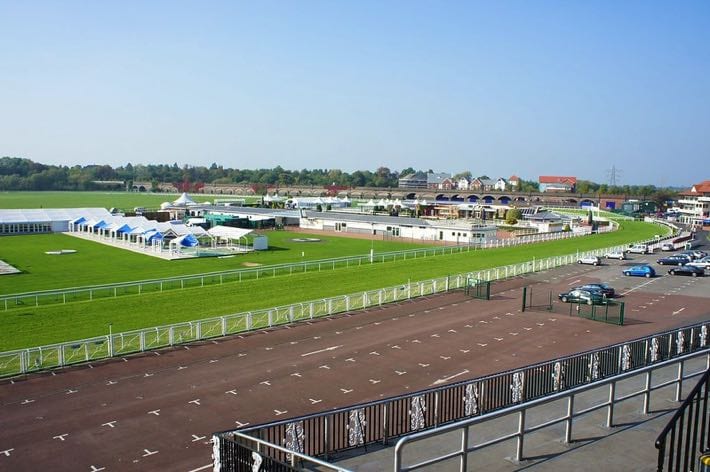
Where else to start but with the oldest racecourse in the world? Not only that, but the fact that it was designated as a venue for racehorses by the Mayor, Henry Gee, gives the nickname of the ‘gee-gees’ to horses. The designation was given in 1539, though the first grandstand wasn’t built at the location of Chester Racecourse until 1817, suggesting that lovers of the sport had to endure hundreds of years watching in some discomfort.
Known as the ‘Roodee’, the site of Chester Racecourse was a harbour when the Romans settled in Chester during the Dark Ages. As the river silted up, the harbour was closed and eventually became solid ground. In the middle of the in-field is a mound that bears a small cross, known as a ‘rood’ and lending the course its name; ‘Roodee’ is a corruption of ‘Rood Eye’, which means ‘the island of the cross’.
The eastern side of the course runs up against Chester’s city walls, which were used by the Romans to moor trading vessels but now affords spectators a place from which to watch the racing for free. The site of the course was originally used for the Goteddsday football match, which was banned for being too violent and eventually replaced with horse racing. Having began life as an open field, spectators weren’t charged a fee to watch the racing at Chester until 1897.
Newmarket
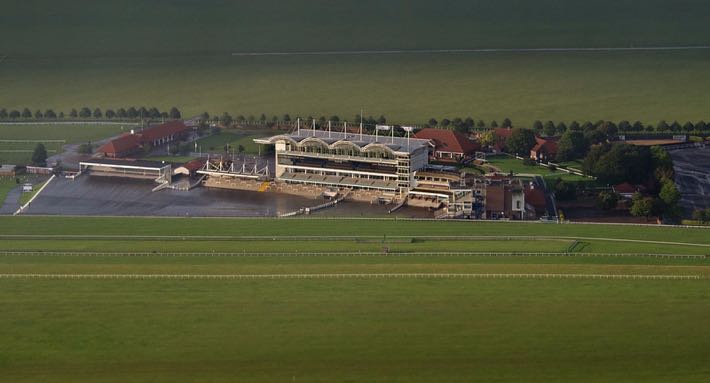
Chester might be the United Kingdom’s oldest racecourse, but Newmarket is arguably one of the most prestigious. Racing has taken place in the area since the 1600s, when Charles II attended races on Newmarket Heath with his brother. It was nearly 300 years after Chester Racecourse had been given its designation that Newmarket was founded, opening its doors for the first time in 1636.
About thirty years after the course first opened, King Charles inaugurated the Newmarket Town Plate, becoming a winner in it six years later. Chester is older, but Newmarket does at least get to lay claim to being the only venue in which a ringing monarch has ridden a winner in a race there. The Town Plate was joined by the King’s Plate as being the two most valuable races ridden there, up until 1744.
Over the years that followed, more and more races were added to the point that there were seven annual meetings held at the course by 1840. Two of these, the First Spring Meeting and the October Meeting, were inaugurated in 1744, demonstrating the length of time needed between a racecourse opening and a proper meeting being held at it. The course grew to become one of the most respected in the land, hosting many of the UK’s Classic flat races.
Ascot
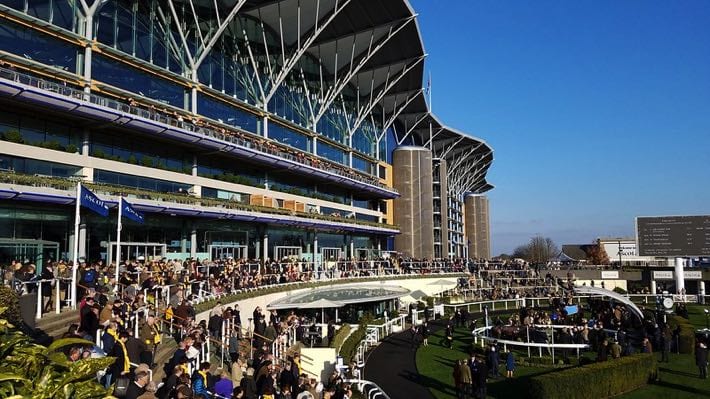
Ask a British horse racing fan about the oldest racecourse around and it won’t take them long before they mention Ascot. Both Chester and Newmarket were well-established by the time that Ascot opened its doors, but the association between the course and the British Royal Family means that it will always be thought of as one of the United Kingdom’s oldest racecourses regardless of the truth of the matter.
Queen Anne purchased the land that would become Ascot for £558, with Her Majesty’s Plate being inaugurated there in 1711. In spite of this, it took some time for Ascot to become established as a racecourse, not least because Anne was succeeded by George I, a man who reportedly hated any sort of sport. So it was that it took until 1749 before the Duke of Cumberland arranged a four-day meeting of horse racing events.
Nowadays, Ascot Racecourse is synonymous with the Royal Family and the procession of royal carriages. That didn’t start as a tradition until 18254, nearly 300 years after Chester Racecourse had been given its designation by Mayor Gee. Nowadays, Ascot welcomes around 10% of all British racegoers, showing just how much a course can establish itself thanks to 26 days of racing during a year.
The Curragh

That Ireland’s premier racecourse takes its name from the Gaelic ‘Cuirreach’, which means ‘a place of the running horse’, is perhaps suggestive of just how clear the link between the venue and the world of horse racing actually is. The first Irish Derby didn’t take place on the course until 1866, but racing had taken place there in one form or another since 1682, when nobility enjoyed ‘hunting, hawking and racing’.
When Cherney’s Racing Calendar’ was published in 1727 it featured the Curragh, suggesting that the course had been offering races well before that date in order for it to be so established. Even so, it wasn’t until the passing of the Curragh of Kildare Act in 1868 that ‘common grazing’ as well as horse racing in the area was officially enshrined into law thanks to the act of parliament.
In essence, not much has changed about the course in the years since its opening. It has always been a right-handed one that takes a horseshoe shape. Obviously it has undergone redevelopment numerous times, which is why it is such a quality venue that plays host to all of the Irish Classics. It is one of the best racecourses in Ireland, having started from relatively humble beginnings to become what it is today.
Laloubère
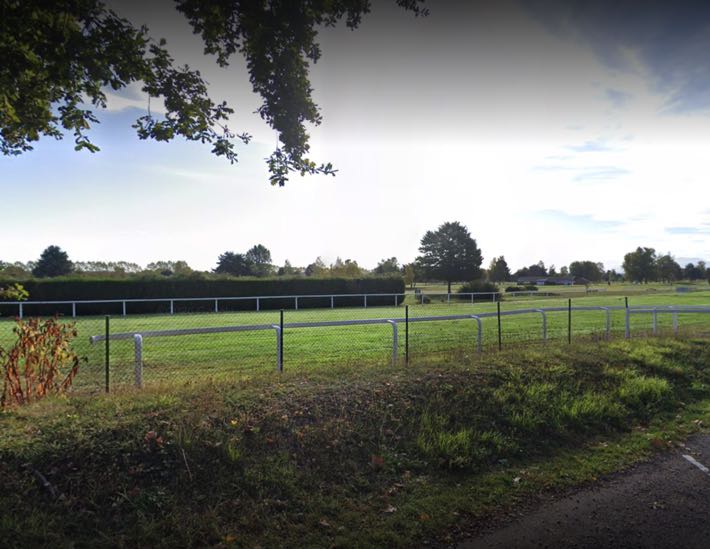
Nothing says ‘French history’ like a Napoleonic garrison town, but it is on the outskirts of Tarbes that you can find the racecourse known as Laloubere. It hosted its first meeting in July of 1809, with the daughter of King Louis XVI, Marie-Therese de France, in attendance. Her father had been executed on the guillotine 16 years before, making clear just how close to the origins of modern-day France the course is.
It is the oldest racecourse in France that remains active today, which isn’t something that you’d necessarily think upon visiting thanks to moves to modernise it in the 1970s and again after the turn of the millennium. The current course boasts grandstands, a restaurant and even a nine-hole golf course, which is a far cry from the far more basic venue that existed when it first witnessed horse racing being run there.
Both Chantilly and Longchamp are better-known courses in France, but the former opened in 1834 and the latter in 1857. As a result, Laloubere very much earned its place on this list as one of the world’s oldest racecourses. Not only is it old but it’s also remarkably impressive. The Pyrenees serve as a backdrop to the entrance to the home straight, making it one of the most spectacular courses to watch horse racing from.
Champs de Mars
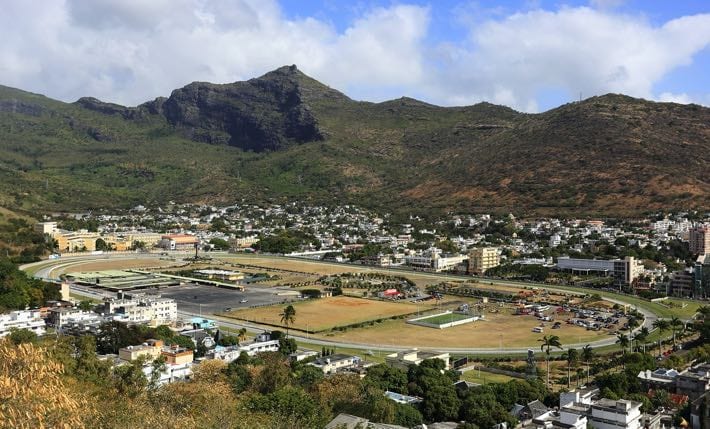
Mauritius wouldn’t be one of the first places that most people think of when discussing the oldest racecourses in the world and where they are located, but the course there saw racing take place officially for the first time in 1812. Based in the Port Louis capital of the island based in the Indian Ocean, the course was opened by The Mauritius Turf Club in the same year that it had been founded by Edward Alured Draper.
The club itself claims that it is the second-oldest racecourse in the world, which is certainly open to some debate, as well as being the oldest in the Southern Hemisphere. The first meeting at the course took place two years before the capturing of Mauritius from France by the British was actually officially recognised by the Treaty of Paris, but given the spread of horse racing was largely because of British colonialism it’s only fair to mention it.
The island has loved horses racing ever since, with the course generating more than £124 million in turnover in 2018 thanks to a 299-race programme. The area that the course stands on was, originally, a training ground for the French military and the aim of setting up the racecourse there was to reconcile French settlers with the new English administration. Though it has undergone many changes since, the original idea of island unity still lives on there.
Pune
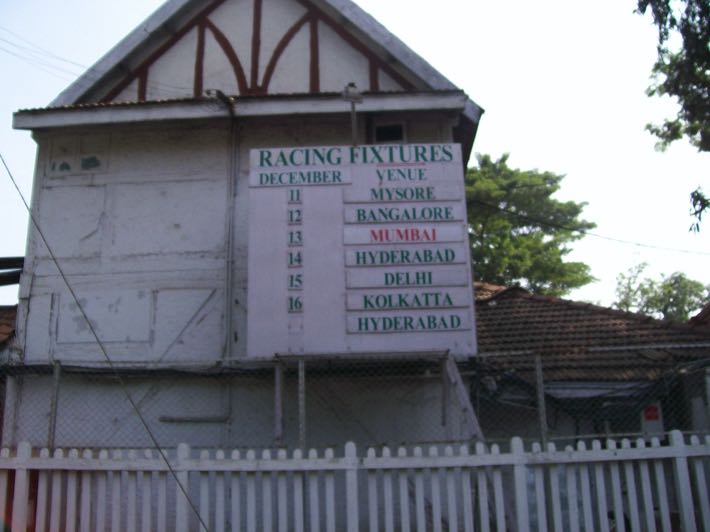
Another location that is unlikely to crop up on many people’s lists of the bases for the first ever recourses is Pune in India, but the job of the Colonial British to spread horse racing around the world actually makes it quite an obvious place to look. The course was built in 1830 and is located about four miles from the centre of Pune, a military camp for the Indian Army that had been established 13 years before.
In the battle for supremacy in Indian racing in the modern day, the Royal Western India Turf Club at least gets to point out that it is the oldest governing body in existence. It was founded in 1800 as the Bombay Turf Club and first organised racing in Pune in 1819. Some of the Indian Classics take place at Pune, including one that is based on the St Leger and for a time was run under the title of the Governor General’s Cup.
Nowadays the responsibility of the running of the course lies with the Royal Western India Turf Club, with the season taking place between July and October. During that time races such as the Pune Derby, the RWITC Invitational, the Independence Cup and the Southern Command Cup are run. The course was able to grow into what it is today thanks to the work put in by those responsible for its formation hundreds of years ago.
Fair Grounds

The United States of America is a country with which we associated some spectacular races, with the Kentucky Derby being one such example. Perhaps none of them would have been possible if not for the Fair Grounds in New Orleans opening its doors in 1838 and proving that there was a place for racing in the US. It is the country’s oldest thoroughbred course, home to one of the Kentucky Derby’s key trial races.
It actually took three attempts for the Fair Grounds to open its doors permanently to racing lovers, thanks in no small part to the outbreak of the American Civil War. There is some debate about whether Fair Grounds or the Freehold Raceway in New Jersey is the oldest course in the United States, with Freehold Raceway having hosted racing unofficially since the 1830s but not doing so officially until 1854.
Fair Grounds opened again as the Union Race Course in 1852, but closed again two years later. It opened once more in 1859 as the Creole Race Course, named after its most famous race, and took on its current moniker in 1863. It is a course that is steeped in history, not least because horse racing was banned in New Orleans in 1908 before returning seven years later. In 1919, a fire burned down the grandstand, adding to the course’s illustrious history.
Garrison Savannah
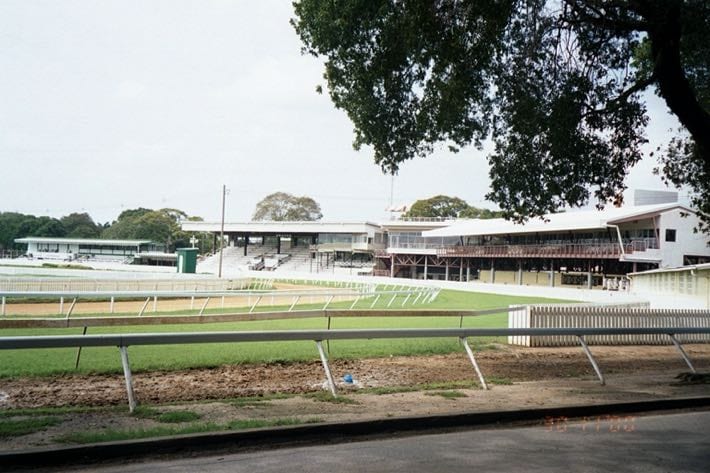
If you were to attempt a trip around the world that took in all of the earliest racecourses on this list, you would be unlikely to struggle for volunteers to join you on your trip to the Garrison Savannah. Racing was first enjoyed at the Barbados course in 1845 when British officers based there raced their horses on the Garrison parade grounds. Believe it or not, races involved the likes of crabs and goats until thoroughbreds were introduced.
It isn’t necessarily the oldest racecourse in the Americas, given that Queen’s Park Savannah in Trinidad first saw racing in 1828, but that was closed in the 1990s as racing moved to Santa Rosa Park. As a result, Garrison Savannah is the oldest that is still operating, having become the home of the Barbados Turf Club when it was founded in 1905. In spite of this, the biggest race on the island, the Gold Cup, wasn’t inaugurated until 1982.
Located just outside the island’s capital city of Bridgetown, Garrison Savannah has always been a clockwise course that is grass in nature. Unsurprisingly, it is the main racecourse of the island and plays host to the Barbados Triple Crown. Racing has taken place at the location ever since the British raced there, but the most fascinating thing about it might be that a series of tunnels were discovered underneath it in 2012.